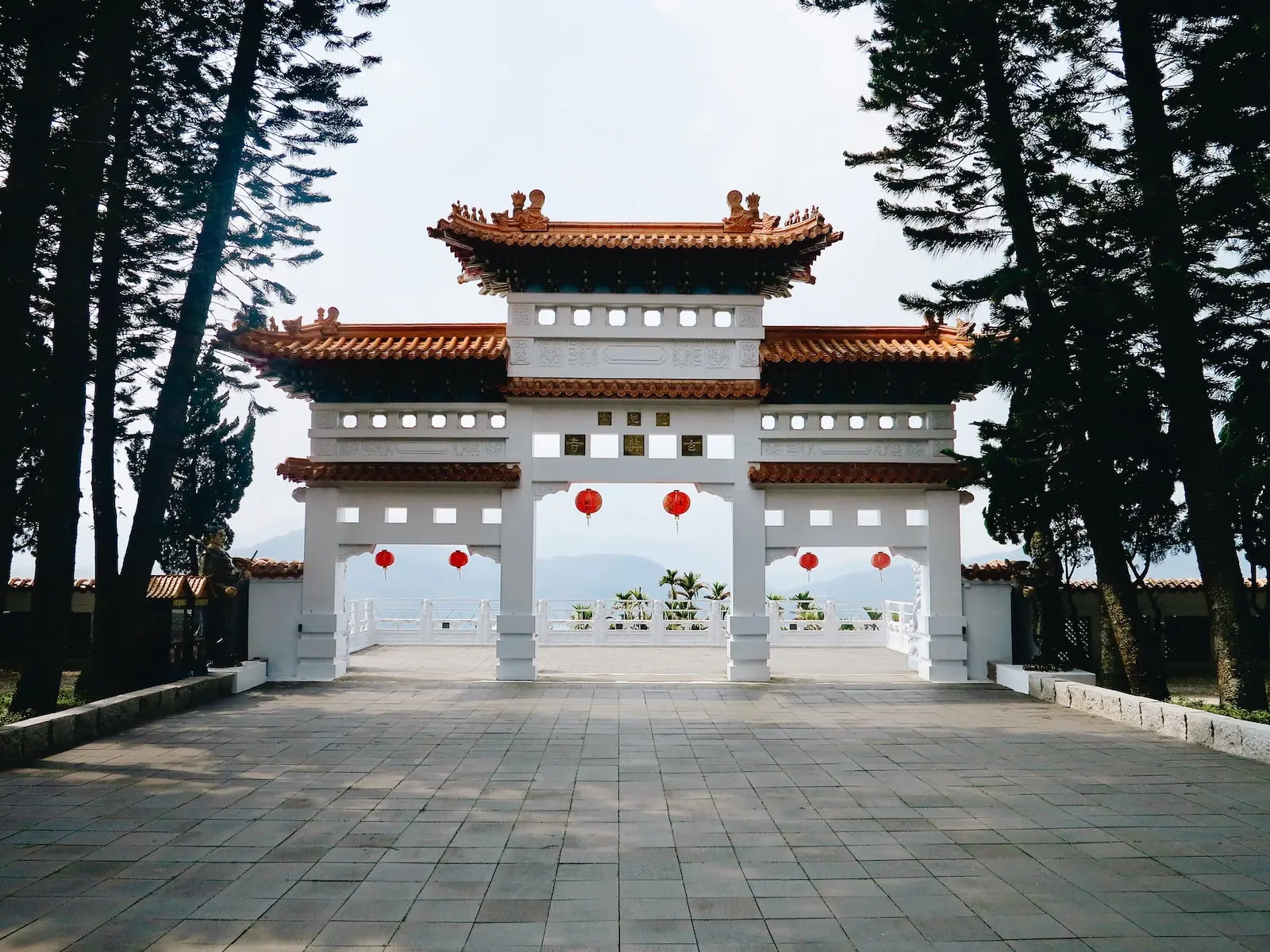Discovering Lasting Happiness: The Taoist Way

Looking for more amazing products? Check out our online store and explore our collection here! Happy shopping!
Before diving in, please note: This post is for informational purposes only. If you’d like to know more about how we approach topics, feel free to check out our friendly Disclaimer Page.
Hey there, amazing readers! 
We’re committed to delivering quality posts, and your support (even just sticking around despite the ads) means everything to us. So, bear with us, and thanks for helping us keep the good vibes rolling. Now, on to the fun stuff!
TRANSLATE BUTTON AT THE END OF THE ARTICLE
Taoism, a profound philosophy with deep roots in ancient China, offers a timeless path to happiness and contentment.
In this extensive exploration, we will dive even deeper into the rich tapestry of Taoism, uncovering not just ten, but fourteen ways through which this philosophy teaches us to be happy with what we already have.
The Path to True Contentment
Taoism, at its core, revolves around the concept of the Tao, the Way of Nature.
To understand happiness in the context of Taoism, it’s crucial to embrace this philosophy’s fundamental teaching.
The Tao encourages us to align with the natural order, fostering an understanding that happiness thrives when we adapt to life’s ever-changing rhythms.
Resisting the flow of life often leads to discontent, while embracing it can bring a profound sense of peace and contentment.
The Power of Simplicity and Minimalism
Wu Wei, often translated as “non-action” or “effortless action,” is a key concept in Taoism.
This principle advocates for simplicity and minimalism, emphasizing that happiness arises from reducing excess in our lives.
By simplifying our existence, we can find contentment in life’s essentials.
In our increasingly complex and fast-paced world, Taoism reminds us to pause, declutter our lives, and appreciate the beauty of the uncomplicated.
The Foundation of Gratitude and Mindfulness
Gratitude is a cornerstone of happiness, and mindfulness is the path to achieving it.
Taoism encourages us to cultivate gratitude for the simplest aspects of life, which often go unnoticed.
Practicing mindfulness allows us to acknowledge and appreciate the present moment, the foundation of contentment.
Through mindfulness, we can savor life’s richness and find happiness in the here and now.
The Wisdom of Accepting Change
Change is an inescapable part of life.
Taoism teaches us to accept the inevitability of change and embrace it.
When we adapt to life’s shifting landscapes instead of resisting them, we not only find contentment but also experience personal growth and transformation.
Balancing Yin and Yang
In Taoism, the balance between opposing forces, known as Yin and Yang, is integral to understanding happiness.
The philosophy reminds us that life’s duality—light and dark, hard and soft, hot and cold—is the source of harmony and contentment.
By appreciating the interplay of these contrasting elements, we discover a deeper sense of balance and happiness.
Liberation from Desires
One of the most profound teachings of Taoism is the liberation from desires.
The pursuit of material possessions and external accomplishments can be a never-ending cycle.
Taoism encourages us to detach from these desires and shift our focus from external wants to inner peace and well-being.
True contentment arises when we find happiness in the richness of our inner world rather than the accumulation of external possessions.
The Present Moment as a Source of Happiness
Taoism emphasizes the importance of living in the present moment.
The philosophy teaches us that the past and the future are but illusions.
By wholeheartedly embracing the “now,” we discover happiness in the simplicity of each moment.
The power of the present lies in its ability to connect us with life’s authentic experiences, fostering contentment and peace.
Self-Reflection and Self-Discovery: The Path to Authentic Contentment
Taoism encourages self-reflection and self-discovery as essential tools for personal growth and lasting happiness.
By gaining a deep understanding of our true selves, we can align our lives with our inner nature.
This alignment, in turn, leads to contentment and happiness that emanates from a place of authenticity.
Cultivating Compassion and Kindness
Kindness and compassion are central virtues in Taoism.
By practicing these virtues, we not only bring benefit to others but also experience a profound sense of contentment and inner peace.
It’s through the act of kindness that we find a connection to our inner selves and to the world, thereby nurturing our own happiness.
Going with the Flow: Embracing Life’s Uncertainties
One of the most well-known aspects of Taoism is the concept of “going with the flow.” Life is often unpredictable, and its uncertainties can create stress and anxiety.
However, Taoism teaches us to embrace this unpredictability, recognizing that it is a natural part of life’s journey.
By doing so, we navigate the ups and downs with grace and equanimity, ultimately finding greater happiness in the process.
Harmony with Nature: The Tao of Eco-Happiness
Taoism’s connection to nature goes beyond mere philosophy.
It encourages us to find happiness in our deep connection to the natural world.
Spending time in nature, practicing eco-consciousness, and aligning our lives with the cycles of the Earth can bring profound contentment.
The Art of Flowing with Time
Taoism teaches us to value time not as a strict structure but as a fluid element in our lives.
By letting go of rigid schedules and allowing time to flow, we reduce stress and discover that true happiness is often found in the moments between the plans.
Embracing Silence and Stillness
In the modern world, where noise and distractions abound, Taoism emphasizes the importance of silence and stillness.
By creating space for quiet contemplation and inner peace, we can find contentment away from the clamor of daily life.
Wisdom in the Power of Paradox
Taoism, rooted in paradoxes, challenges us to see the world in a new light.
This philosophy teaches that embracing paradoxes allows us to escape the confines of rigid thinking, fostering an open mind and, ultimately, greater happiness.
Conclusion: The Taoist Blueprint to Lasting Happiness
In a world driven by consumerism and the pursuit of more, Taoism stands as a profound guide to finding happiness in what we already have.
Through an alignment with the Tao, an embrace of simplicity, and a practice of gratitude and mindfulness, we discover the timeless wisdom of balance, detachment from desires, and compassion for others.
As we embark on the journey of self-discovery, accepting change, and going with the flow, the teachings of Taoism take us by the hand, leading us toward a happier and more content existence.
Nature, time, stillness, and paradoxes all play their part in the magnificent symphony of Taoism’s wisdom.
Frequently Asked Questions
1.
What is Taoism, and where does it originate?
Taoism is an ancient Chinese philosophy that emphasizes harmony with the natural order.
It has its origins in ancient China and is often associated with Laozi, the author of the “Tao Te Ching.”
2.
How can I align with the Tao in my daily life?
Aligning with the Tao involves recognizing the natural flow of life and adapting to it.
This can be achieved by practicing mindfulness, simplifying your life, and embracing the present moment.
3.
What does Wu Wei mean in Taoism?
Wu Wei, often translated as “non-action” or “effortless action,” is the concept of taking action in harmony with the Tao, with minimal effort.
It encourages simplicity and an avoidance of unnecessary struggle.
4.
How can I find balance in the context of Taoism?
Balancing Yin and Yang, the opposing forces, involves understanding and embracing the interplay of contrasts in life.
Recognizing that these contrasts create harmony can help you find balance and happiness.
5.
How can I detach from desires and material possessions?
Detachment from desires can be achieved by shifting your focus from external wants to inner contentment.
Practicing gratitude and embracing simplicity are helpful in this regard.
6.
How can I apply the concept of “going with the flow” in my life?
Going with the flow means accepting life’s unpredictabilities.
It can be practiced by adopting a flexible mindset, being open to change, and learning to navigate life’s uncertainties with grace.
7.
How can I incorporate Taoist principles into my daily routine?
You can incorporate Taoist principles into your life by practicing mindfulness, simplifying your lifestyle, cultivating gratitude, and embracing change.
These principles can help you find contentment and happiness in our fast-paced world.

The Enlightenment Journey is a remarkable collection of writings authored by a distinguished group of experts in the fields of spirituality, new age, and esoteric knowledge.
This anthology features a diverse assembly of well-experienced authors who bring their profound insights and credible perspectives to the forefront.
Each contributor possesses a wealth of knowledge and wisdom, making them authorities in their respective domains.
Together, they offer readers a transformative journey into the realms of spiritual growth, self-discovery, and esoteric enlightenment.
The Enlightenment Journey is a testament to the collective expertise of these luminaries, providing readers with a rich tapestry of ideas and information to illuminate their spiritual path.
Our Diverse Expertise
While our primary focus is on spirituality and esotericism, we are equally passionate about exploring a wide range of other topics and niches 

To ensure we provide the most accurate and valuable insights, we collaborate with trusted experts in their respective domains 
Our blog originally focused on spirituality and metaphysics, but we’ve since expanded to cover a wide range of niches. Don’t worry—we continue to publish a lot of articles on spirituality! Frequently visit our blog to explore our diverse content and stay tuned for more insightful reads.
Hey there, amazing reader! 
Check out our store here and take a peek at some of our featured products below! Thanks for being awesome!










